Polo Round Door Handle - M152R1
Rodolfo Bonetto 1991
Bonetto was a self-taught designer with a love of jazz and playing the drums. He expressed his style in a countless number of objects, including machine tools, household appliances, alarm clocks, telephones, calculators, ski boots and surgical lasers. One of his particular fields of interest was the design of automobile interiors, where he combined the stylistic continuity of material and form with ergonomic and technical requirements. That approach contained elements of design theory as it was taught at Ulm, which are also recognisable in the Polo handle.
- Single piece rose
- Bolt through fixings
- 5mm & 8mm projection roses
- Sold & Supported Aust & NZ wide
- 100% Solid Brass forged construction
- 100% made in Italy for over 110 years
- Torsion vs. coil spring: lifetime guarantee
- 10 / 30 Year Guarantee on Olivari finishes
- 5mm rose: European Locks & Latches
- 8mm rose: Aust & Euro Locks & Latches
Options
-
 M152R1
M152R1
-
 M152RL1
M152RL1
-
 M152R2
M152R2
-
 M152Z
M152Z
M152R1
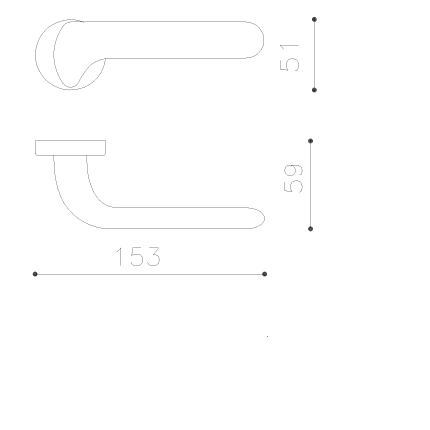
Lever Set Only
Polo’s aesthetic appeal is due to its classic design (by Rodolfo Bonetto) combined with Olivari’s fully concealed fixings and single piece rose.
Mechanically, its torsion spring ensures superior handle bounce back and its solid brass construction, with a choice of finishes, makes it unique in the world of handles.
Stocked locally and suitable for internal & external use on all door types for commercial & residential projects of all sizes.
As standard, it comes with Australian tie through fixings making it 100% compatible with Australian & European style mortice locks and tube latches.
Note: Olivari levers purchased online from Europe do not come with Australian fixings and are not supported locally.
M152RL1
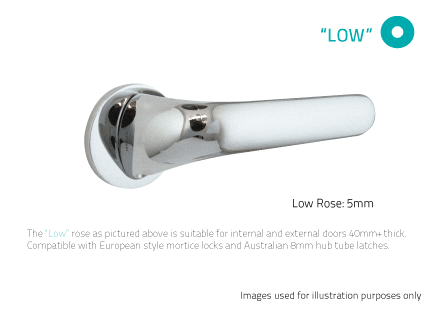
Lever Set on Low Rose
Polo’s aesthetic appeal is due to its classic design (by Rodolfo Bonetto) combined with Olivari’s fully concealed fixings and single piece rose.
Mechanically, its torsion spring ensures superior handle bounce back and its solid brass construction, with a choice of finishes, makes it unique in the world of handles.
Stocked locally and suitable for internal & external use on all door types for commercial & residential projects of all sizes.
As standard, it comes with Australian tie through fixings making it 100% compatible with Australian & European style mortice locks and tube latches.
Note: Olivari levers purchased online from Europe do not come with Australian fixings and are not supported locally.
M152R2
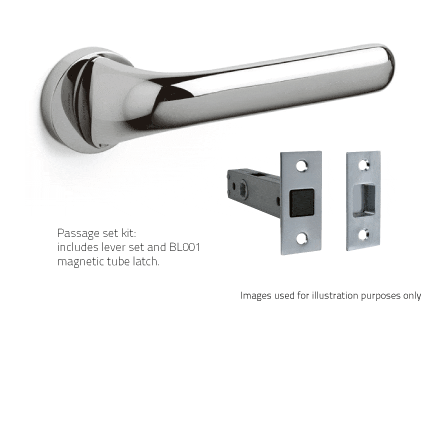
Passage Set including Latch
Polo’s aesthetic appeal is due to its classic design (by Rodolfo Bonetto) combined with Olivari’s fully concealed fixings and single piece rose.
Mechanically, its torsion spring ensures superior handle bounce back and its solid brass construction, with a choice of finishes, makes it unique in the world of handles.
Stocked locally and suitable for internal & external use on all door types for commercial & residential projects of all sizes.
As standard, it comes with Australian tie through fixings making it 100% compatible with Australian & European style mortice locks and tube latches.
Note: Olivari levers purchased online from Europe do not come with Australian fixings and are not supported locally.
M152Z
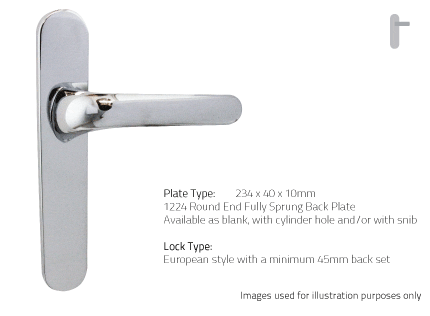
Lever Set on Olivari Plate
Polo’s aesthetic appeal is due to its classic design (by Rodolfo Bonetto) combined with Olivari’s fully concealed fixings and single piece rose.
Mechanically, its torsion spring ensures superior handle bounce back and its solid brass construction, with a choice of finishes, makes it unique in the world of handles.
Stocked locally and suitable for internal & external use on all door types for commercial & residential projects of all sizes.
As standard, it comes with Australian tie through fixings making it 100% compatible with Australian & European style mortice locks and tube latches.
Note: Olivari levers purchased online from Europe do not come with Australian fixings and are not supported locally.
-
MATERIAL Brass
-
CATEGORY Round Door Handles
Polo Round Door Handle
Rodolfo Bonetto 1991
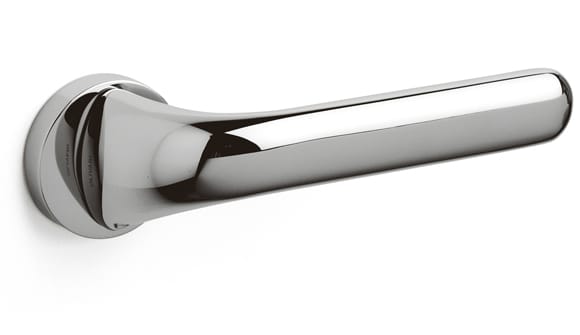
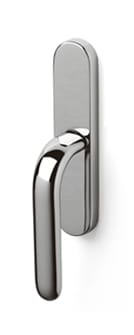
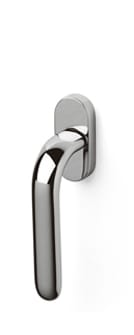

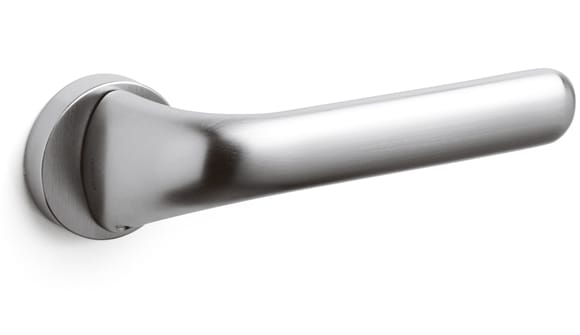
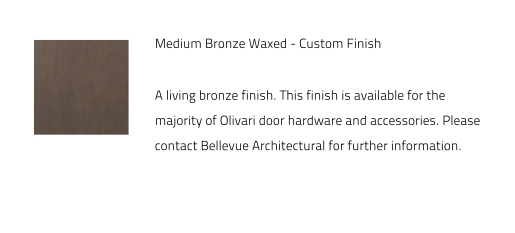
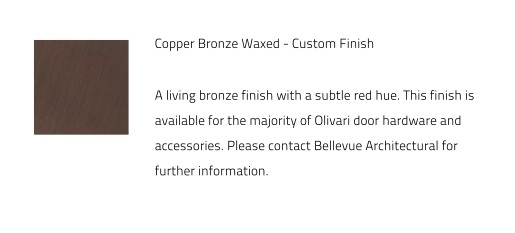
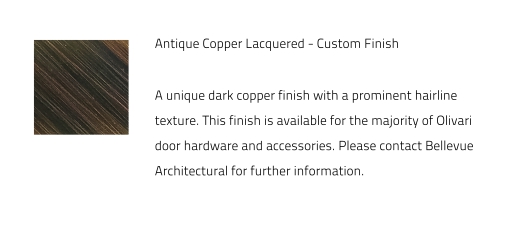
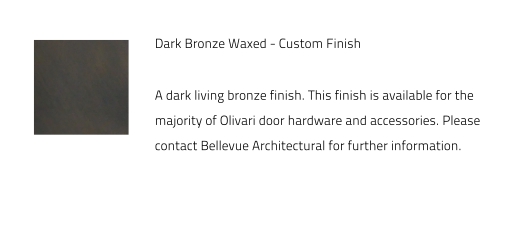
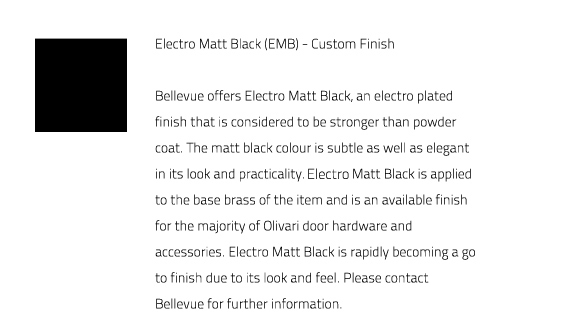

Bonetto was a self-taught designer with a love of jazz and playing the drums. He expressed his style in a countless number of objects, including machine tools, household appliances, alarm clocks, telephones, calculators, ski boots and surgical lasers. One of his particular fields of interest was the design of automobile interiors, where he combined the stylistic continuity of material and form with ergonomic and technical requirements. That approach contained elements of design theory as it was taught at Ulm, which are also recognisable in the Polo handle.
- Single piece rose
- Bolt through fixings
- 5mm & 8mm projection roses
- Sold & Supported Aust & NZ wide
- 100% Solid Brass forged construction
- 100% made in Italy for over 110 years
- Torsion vs. coil spring: lifetime guarantee
- 10 / 30 Year Guarantee on Olivari finishes
- 5mm rose: European Locks & Latches
- 8mm rose: Aust & Euro Locks & Latches
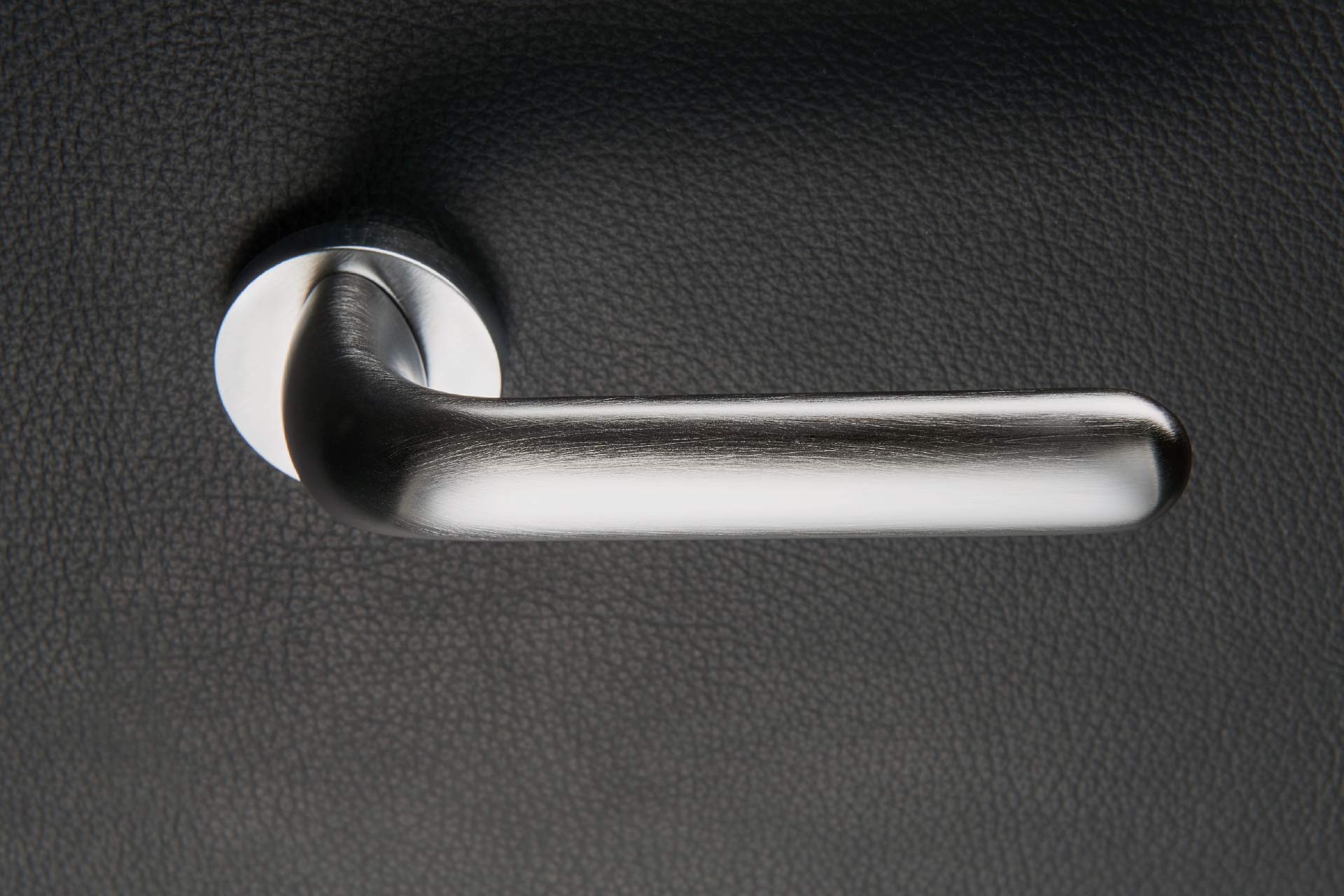
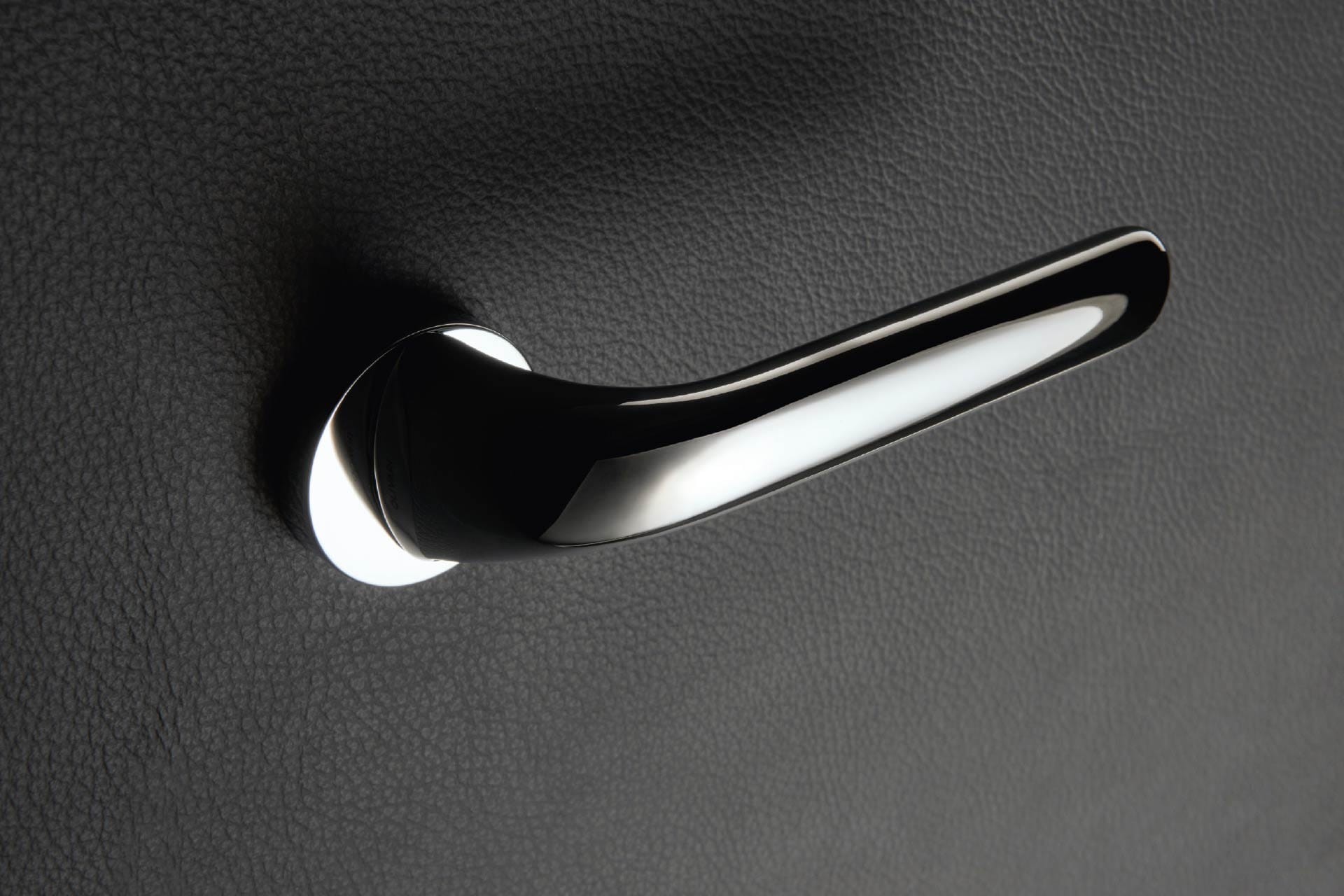
Its geometry is based on the modulation of a single oval section. As the handle bends by 90 degrees, it gives body to the image of the lever.
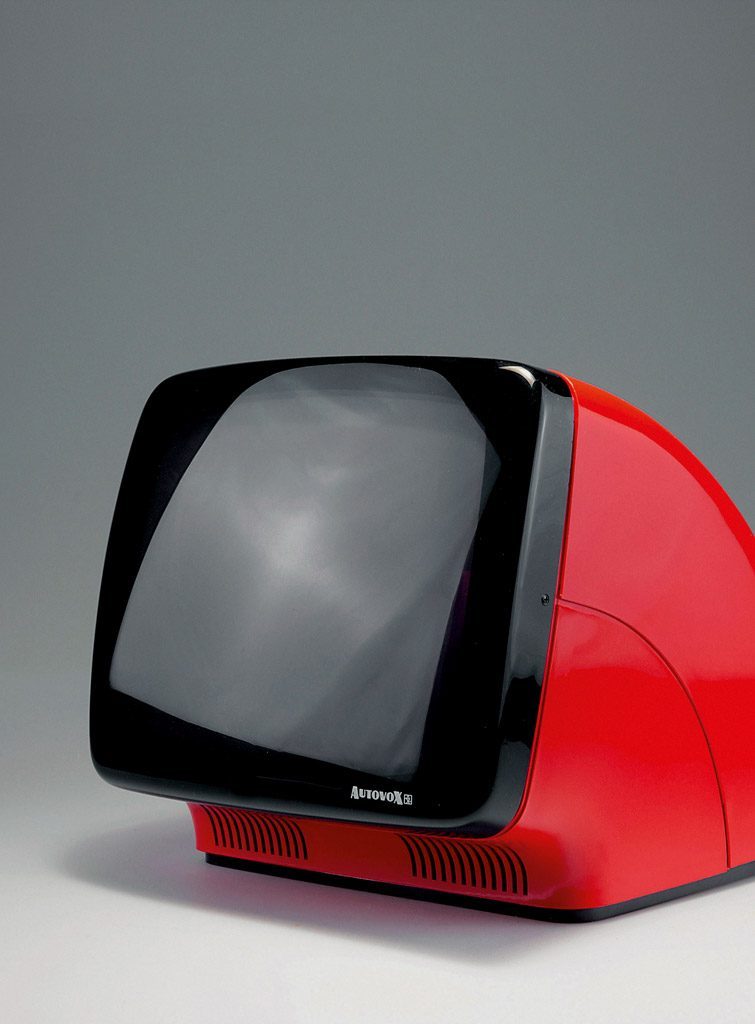

The formal matrix is an oval with almost the same diameter as the rose.
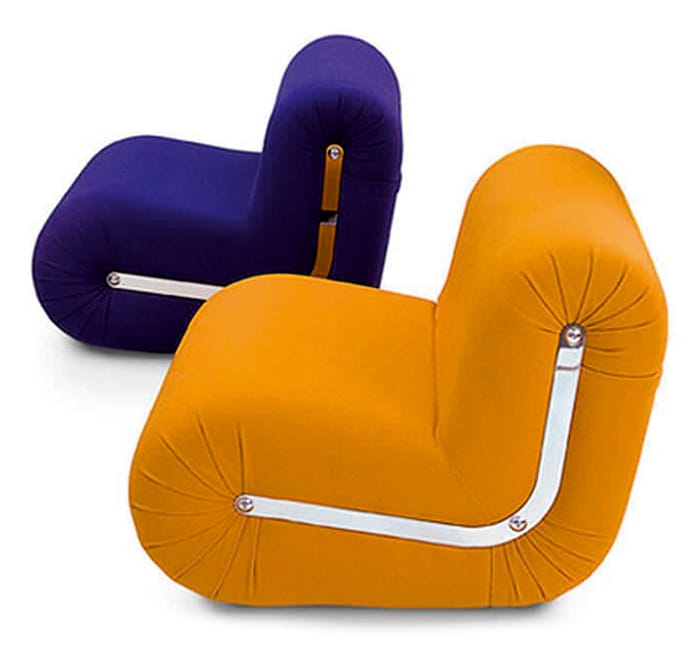
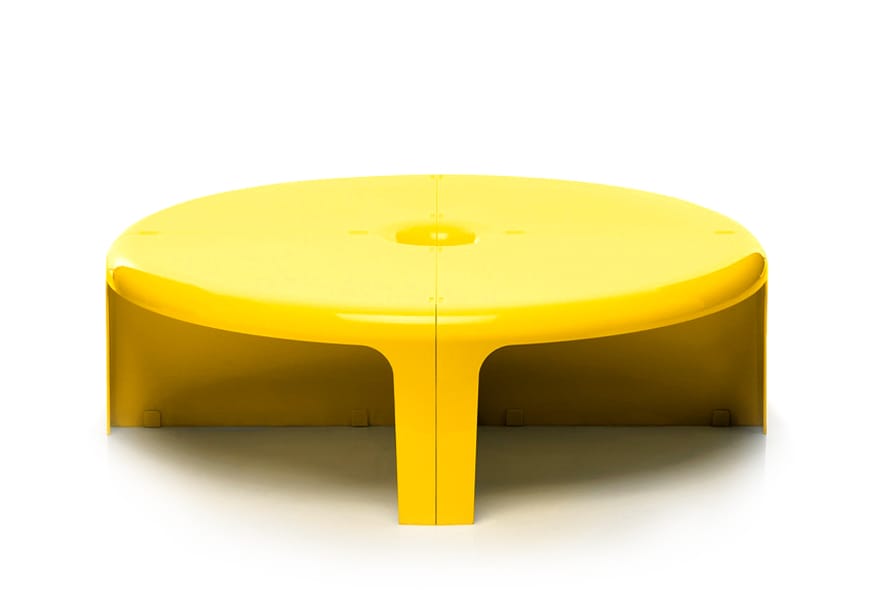
The strict geometric outline is transformed by adapting to the gesture of the hand as it grips, breaking the formal symmetry and generating an imperceptibly offset shape that respects the rules of ergonomics.
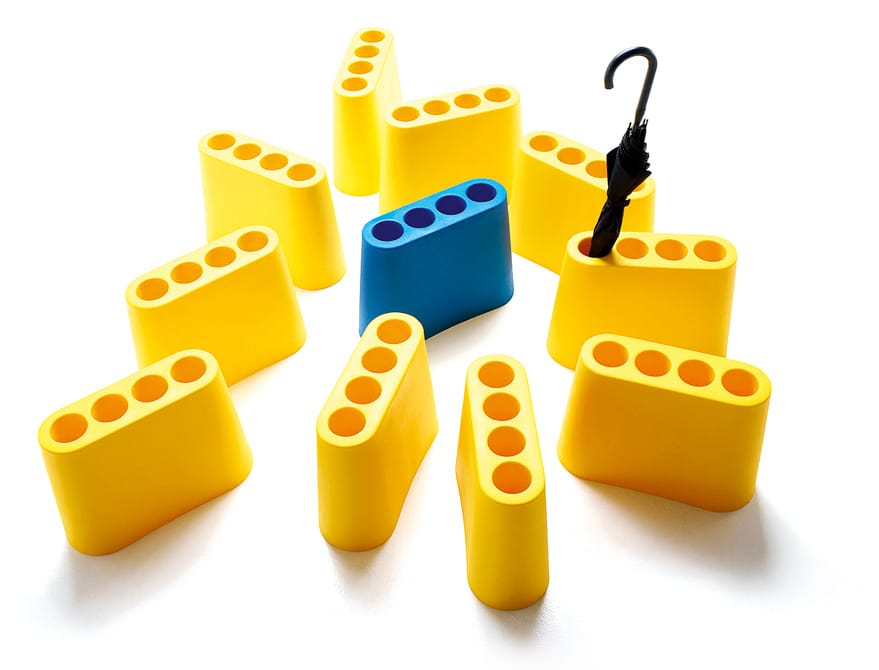


 CR
CR  SC
SC  PBU
PBU
 MBW
MBW  CBW
CBW  ACL
ACL  DBW
DBW  EMB
EMB  PC
PC 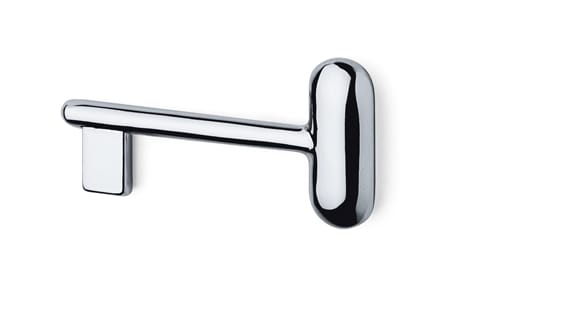 F152
F152 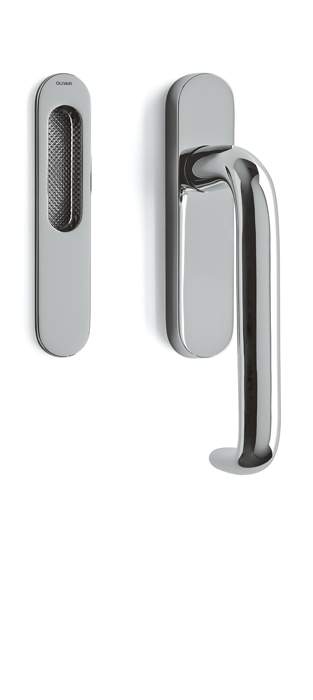 L103
L103 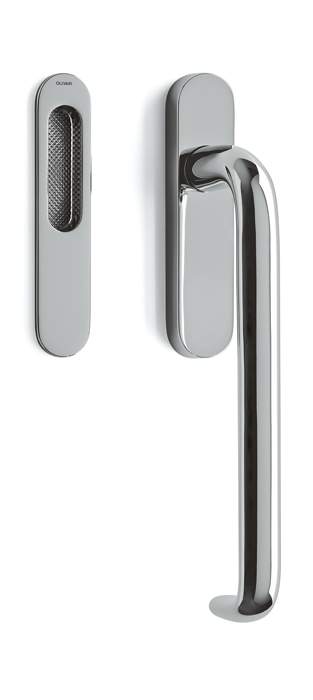 L101
L101